From Sacramento to Washington D.C., July’s been a busy month as the Golden State Salmon Association (GSSA) team has been working from coast to coast – fighting legislation that will unequivocally harm salmon runs and advocating solutions to improve fish abundance, increase flows and establish healthy water temperatures in our rivers.
In my first 4 months with the organization, I continue to be inspired, every day, with the passion of the GSSA staff and board who are dedicated to achieving a fisheries’ victory for everyone who relies on our State’s incredible natural resource. But it doesn’t stop there. Our members are just as inspirational. I had the pleasure of meeting many of you on the steps of California’s capitol during the Day of Action for Water and Salmon. I can’t thank you enough for strengthening our voice, building relationships, lobbying and meeting with elected officials, and helping us grow a movement to stop policy decisions that are currently destroying once vibrant salmon populations and our healthy rivers and tributaries.
I invite you to forward this email to your friends and family. Encourage them to get involved with GSSA and stay informed on the issues – simply subscribing to our emails and responding to action alerts are critical first steps to making much needed changes. Together, we will continue to be the leading voice for California’s salmon.
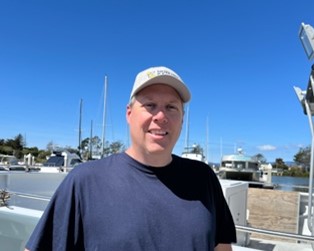
Scott Artis
Executive Director
Golden State Salmon Association
Quick Fact: 5.3 Million Hatchery Smolts Enter SF Bay at GSSA Identified Release Sites
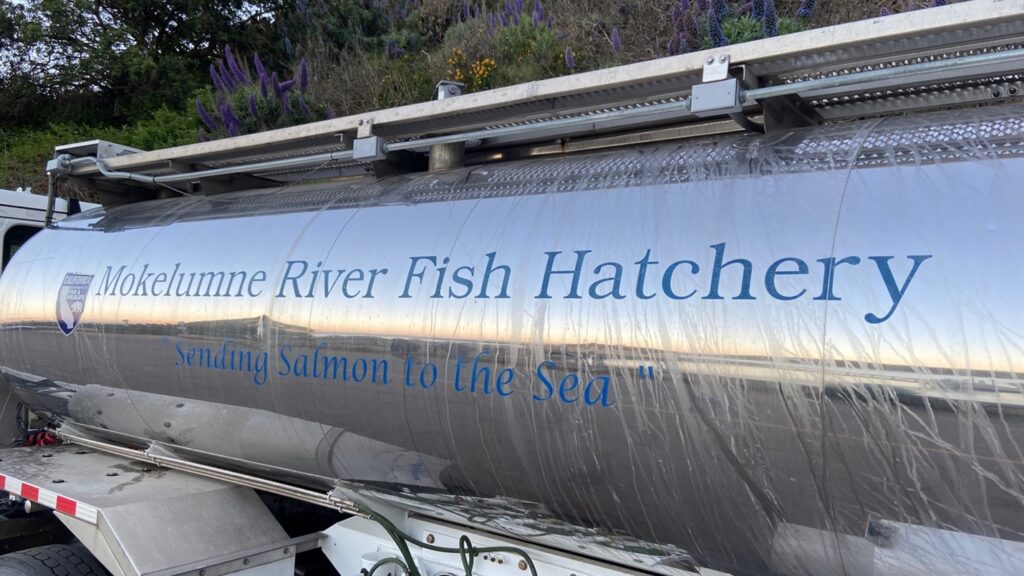
During May and June, California Department of Fish and Wildlife released approximately 5,365,000 brood year 2022 fall-run Chinook Salmon into the San Francisco Bay at GSSA identified release sites Fort Baker and the Romberg Center. The survival of these fish depends on where they’re released, which is why GSSA continues to work with state and federal governments to increase releases of hatchery salmon at Sausalito’s Fort Baker and Tiburon’s Romberg Center into the future.
Spearheaded by John McManus, GSSA originally asked for the increases in releases at these sites, in part at the request of state fish and wildlife officials who appreciate the relationships GSSA has developed with key stakeholders. Survival of fish released near the Golden Gate are at least twice as good as the traditional release site near Vallejo and sometimes up to three times better.
Cat asks, “With no salmon fishing, what’s everyone up to?”
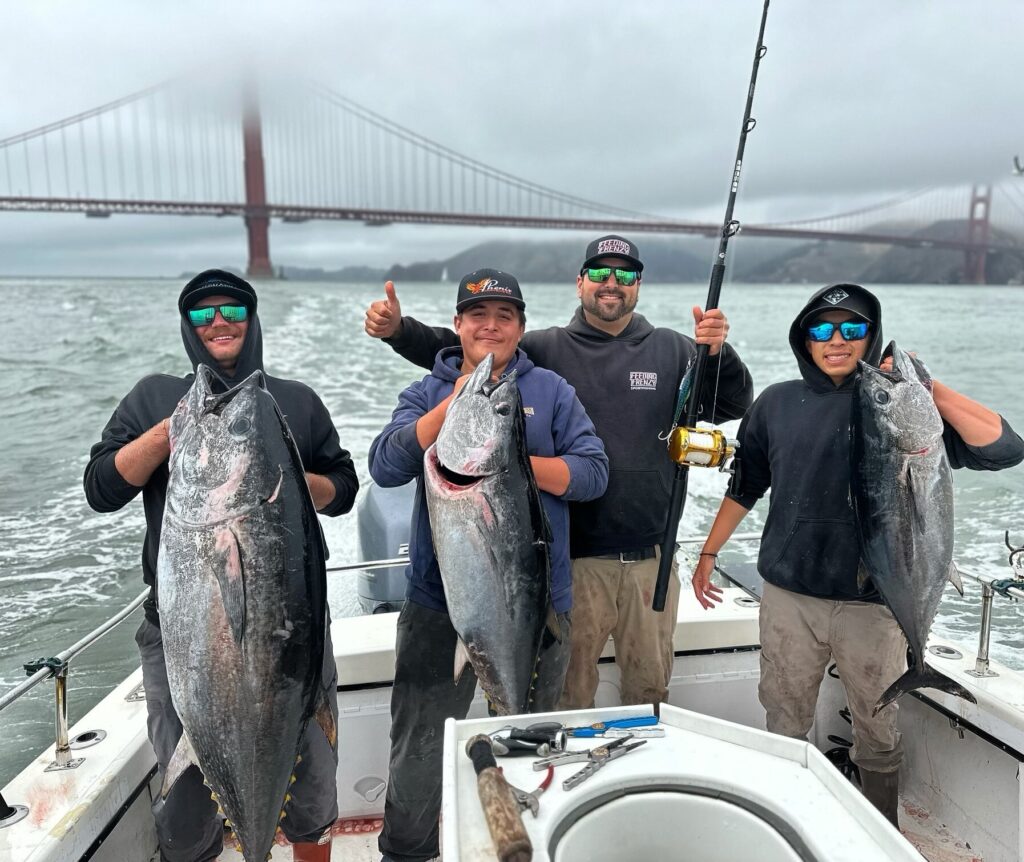
At a press conference in May, shortly after the salmon season closure was announced, GSSA board member and commercial salmon fisherwoman Sarah Bates summed up the vibe of the industry, the devastating hardships ahead, and the lackluster energy we were all feeling then and would continue to face throughout the season. “No weekend salmon fishing trips on the river, no local salmon on the barbecue, no opportunity to see your kid reel in a fish,” Sarah stated in a Cal Matters guest commentary piece.
It’s now the end of July and what should typically be peak salmon season. The consequences of the closure are heavily felt across the entire state and beyond. From social media “memories” of trophy or even dinner sized salmon pictures captioned ‘The good old days’, or ‘I miss this!’ being shared, to current news feeds and fish reports filled with halibut, rock fish, striped bass, and, if you’re lucky, bluefin tuna photos – it seems most are making the best of it, yet still dreaming and reminiscing about salmon.
I can’t help but wonder, how has everyone been spending their time? New hobbies? What are you fishing for? What are you calling in sick for these days when you’re not really sick, and does it still depend on an open weather window of flat calm seas and a wide-open bite?
Commercial and charter boat captains, business owners, and many others, like Sarah, have been spending their unwanted free time writing commentary pieces, speaking on public platforms, interviewing with the press, visiting hatcheries to discuss potential projects that could help salmon, and meeting with legislators and water policy decision-makers to express the devastation that the salmon closure has brought to the industry, the environment, and the economy. Sarah wrote in the Cal Matters article that “California needs serious change in water management. We need our governor, Department of Fish and Wildlife, U.S. Bureau of Reclamation, and state Department of Water Resources to ensure sufficient flows of cold water through our river ecosystems.” It’s encouraging to see everyone come together and use their voice to work on solutions to help ensure this tragedy doesn’t happen again.
For some, the northern California bluefin tuna bite has temporarily filled a void by offering an exciting (and expensive) new interest, hobby, and challenge to even the most experienced anglers. I asked several folks in the industry if they thought the bluefin had been here for years yet went (mostly) unnoticed because we were all focused on fishing around Pacifica, Duxbury, and Bodega Bay during the summer months? The consensus was that the tuna have probably been swimming around for years. Hard to imagine that the Bay Area could have a tuna season, but hey, we’ll take it. Congrats to all who were set-up and able to get in on the early July, hot tuna bite. Hopefully the upcoming weather will offer more opportunities for those looking to land a local bluefin.
The wide-open halibut bite over the last few months has also been a fun way to spend the day on the water and get some fish in the freezer. However, it is not nearly enough to keep the charter boat captains who would normally be fishing salmon every day afloat. In fact, most boats are tied up at the docks more often than not. The salmon closure has added more pressure to the halibut population, as well as a new competition within the fleet between those who have been solely fishing halibut/live bait and those who would typically be fishing salmon. In an emergency regulation decision, the halibut daily bag limit was reduced from three fish to two fish on June 1.
Rock fishing appears to be steady and wide open as well. Even with the new rockfishfish regulations this year, some giants have been pulled out of the deep 300+ feet of untouched territory. As of July 15, rock fishing opened to less than 300 feet of water. The current charter boat program for those that can get out seems to be “potluck style” trips of rockfish and ling cod in the morning, and then moving over to halibut with some potential striped bass in between.
In a recent small survey, time spent fishing other species, swimming, surfing, playing music, camping, hiking, gardening, and vacationing with family are just some of the other activities that avid salmon fishermen and women have diverted to doing more of this summer.
Personally, my free time has been spent learning more about summer fly-fishing options, travelling, seeing more live music, discovering a newfound love of houseplants, and I’ve become quite the sharpshooter with a Bug-A-Salt gun and can now shoot flies in the air instead of waiting for them to land.
Needless to say, I’d love more than anything to hear a 3:00am alarm that only salmon fishing can get me to jump out of bed for or sit in Novato narrows traffic for hours on my way home knowing I had a cooler full of salmon.
It’s remarkable how many people you realize you look forward to seeing on the ocean, at the dock, or bantering with on the radio and how, this year, you’re missing them.
I think it’s fair to say that summer just isn’t the same when we aren’t enjoying the benefits of the beloved CA King salmon. While we mutter to ourselves that every recent catch should have been a salmon or are simply just waiting to see what happens next while trying to remain optimistic for the future of salmon fishing, I’m curious. What’s everyone doing?
Kids Catch Plenty of Smiles and Fish Through Roger Thomas Fund
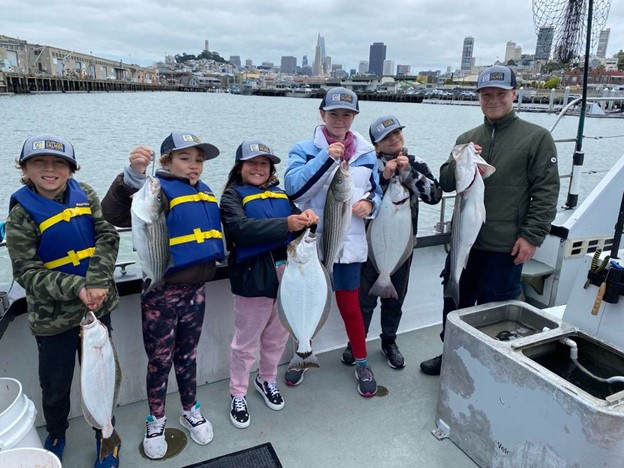
GSSA continues to carry out the legacy and wishes of the late Roger Thomas by getting kids and youth out fishing.
In 2019, we partnered with the San Mateo Police Activities League (SMPAL) for the first GSSA sponsored kids’ fishing trip – a trip that had the pleasure of targeting salmon. The group of 17 kids were all troopers, limited out, and took fresh caught salmon home to their families. So, we added another trip, and then another one, and then more.
Over the last four years, several boatloads of SMPAL, Richmond PAL kids and the Salesian Boys and Girls Club have had days of fishing that they will never forget, plus fish in the freezer. Last month, a group of six kids from the Salesian Boys and Girls Club were able to catch fresh halibut and some (very large) striped bass out of Fisherman’s Wharf in San Francisco. “Many of these kids have never been on a boat or caught a fish before. They were fishing, dancing, and laughing all day,” reported Don Franklin of Sole-Man Sportfishing.
This month, two different SMPAL groups of 12-16 kids, accompanied by a couple of retired police officer chaperones, fished aboard the Hog Heaven and the Salty Lady out of Sausalito.
“THIS, this is what it’s all about!” said captain Jared Davis of the Salty Lady, who had the pleasure of watching the second group of SMPAL youth reel in their own fish. “These kids were all smiles and enjoyed a special day on the water fishing around Treasure Island and getting outside, away from the Xbox,” said Davis.
Introducing kids to the outdoors, getting them out on a boat to explore the local waters and experience the joy of reeling in fish are just a few of the benefits that the Roger Thomas Fund and GSSA have offered California youth.
If you are partnered or affiliated with youth groups and would like to be a part of our mission to get kids out fishing, please contact GSSA operations and events director Cat Kaiser at Cat@goldenstatesalmon.org.
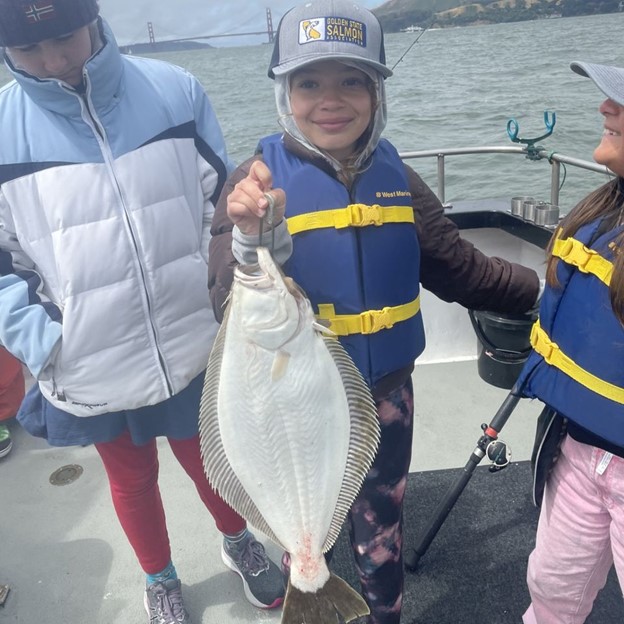

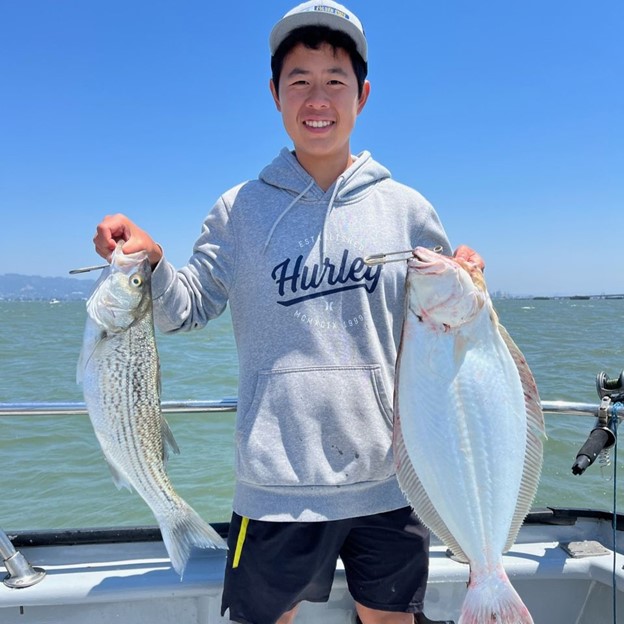
GSSA Testifies at SFPUC Meeting, Commission Continues to Needlessly Harm Salmon

On June 27, the San Francisco Public Utilities Commission (SFPUC) received an update on their Alternative Water Supply Plan. SFPUC staff claimed that in order to manage the Design Drought at inflated demand projections, they would need to develop 92 million gallons per day of alternative water supplies (such as recycled water) if the Bay-Delta Plan is implemented. The Design Drought Plan, which serves as a worst-case drought scenario for the Commission’s policy decisions, is being falsely promoted as a chance to restore the Tuolumne River by choosing between extreme water rationing or investing billions of dollars in alternative water supplies.
Unfortunately, this would likely cost $300 million per year for water we won’t need. GSSA engaged and called out the Commission’s artificial water crisis and reiterated facts that salmon and the thousands of jobs, communities, cultures and families this fishery and our rivers support are not water rich and salmon numbers on San Francisco’s Tuolumne River have fallen by nearly 99 percent since the 1980s and by 80 percent or more just since 2018.
Scott Artis, GSSA’s executive director, said, “By reducing the Design Drought by a year and using reasonable demand projections, the SFPUC would be able to manage the Bay-Delta Plan with minimal rationing and minimal investment in alternative water supplies. Decisions made by the SFPUC continue to needlessly harm the environment, salmon, disadvantaged communities and Hetch Hetchy ratepayers.”
In 2021, GSSA and a coalition of partners including Tuolumne River Trust, the Natural Resources Defense Council, the Bay Chapter of the Sierra Club, the Crab Boat Owners Association of San Francisco, SF Baykeeper, Defenders of Wildlife, and the California Sportfishing Protection Alliance, called on the SFPUC to reverse the environmental damage done to communities, people, and wildlife by excessive water diversion from the Tuolumne River. Environmental conditions in waters downstream of the diversions, including in the San Joaquin River, the Bay Delta, and SF Bay, are all badly damaged as a result. The coalition was founded to protect the Tuolumne River, water and communities downstream, and the fish, wildlife, and people that live in and around those waters.
Day of Action: GSSA, Coalition of Tribes and Organizations along with Supporters Rally at Capitol
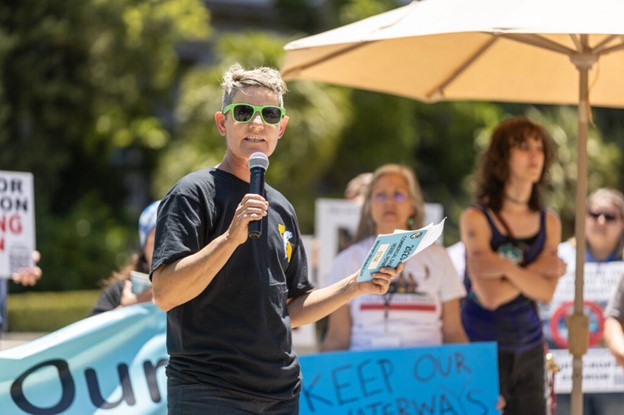
On Wednesday, July 5th, fishermen and women, Tribal members, environmental organizations and concerned Californians from north to south took to the steps and halls of the State capitol to fight for water justice and our salmon fishery. As the rally commenced outside with 250-300 attendees, lobbying teams comprised of volunteers and led by Golden State Salmon Association, Restore the Delta, Defenders of Wildlife, San Francisco Baykeeper, Save California Salmon, Sierra Club California and other organizations met with 104 State Assemblymembers and Senators – advocating, in the shadow of the State’s 2023 salmon season closure, for the Newsom Administration and policymakers to prioritize the protection of California’s water and salmon. The Bay-Delta ecosystem and its fisheries are vital to tens of thousands of the State’s residents who directly rely upon salmon for community, culture and jobs.
GSSA Works to Scuttle Multiple Legislative Threats to Salmon Recovery and Industry Livelihoods
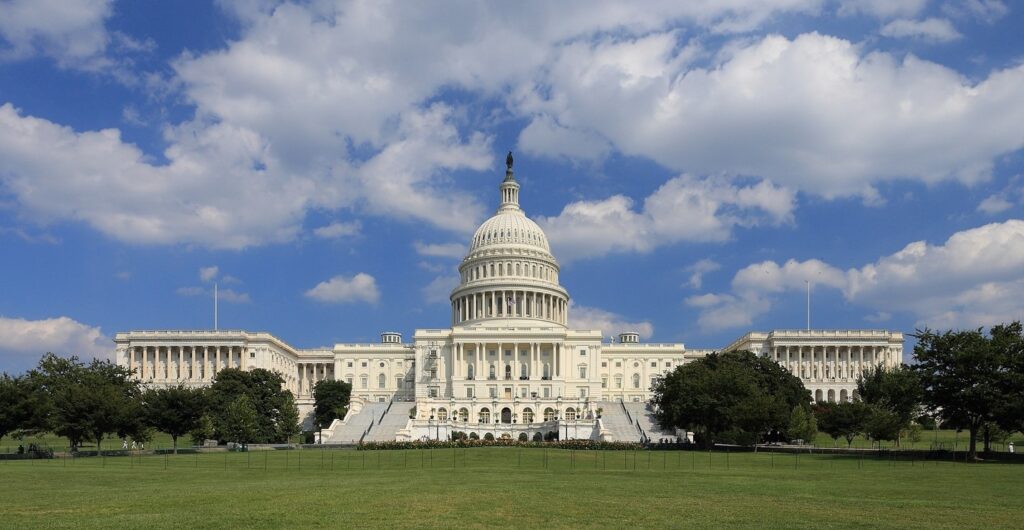
In an effort to block multiple threats to California’s salmon fishery, GSSA made an essential trip to Washington D.C. in late July to meet with elected officials and federal agencies. To safeguard the livelihoods of commercial and recreational salmon fishermen and women, fishing guides, tackle shops and communities across California who depend on environmental protections, GSSA urged lawmakers to scuttle a pair of bills that would exacerbate salmon declines in the State.
The House has included H.R. 215 (Valadao) in its proposed Energy and Water Appropriations bill. GSSA and our environmental colleagues strongly oppose this bill, which would override state law to push the Shasta Dam raise, fund new dams, lock in the Trump Biological Opinions (thus preventing the Biden Administration’s efforts to update them) and declare the Central Valley Project Improvement Act’s (CVPIA) salmon restoration efforts complete. The latter provision is incredibly outrageous given the 2023 season shutdown and disastrously low salmon populations that stand in contrast with the CVPIA’s salmon doubling mandate.
Additionally, Senator Feinstein recently introduced S.2162, which would fund new dams, short circuit the legislative process to authorize new dams, would not require new storage to be environmentally beneficial, and would authorize taxpayer funds to be used to pay for water supply benefits from new dams – a break from over 100 years of federal precedent treating water supply as a private benefit.
We look forward to providing more updates on our highly successful trip to D.C.
GSSA Pursues High Priority to Begin the Recovery of Salmon Runs and the Fishing Industry
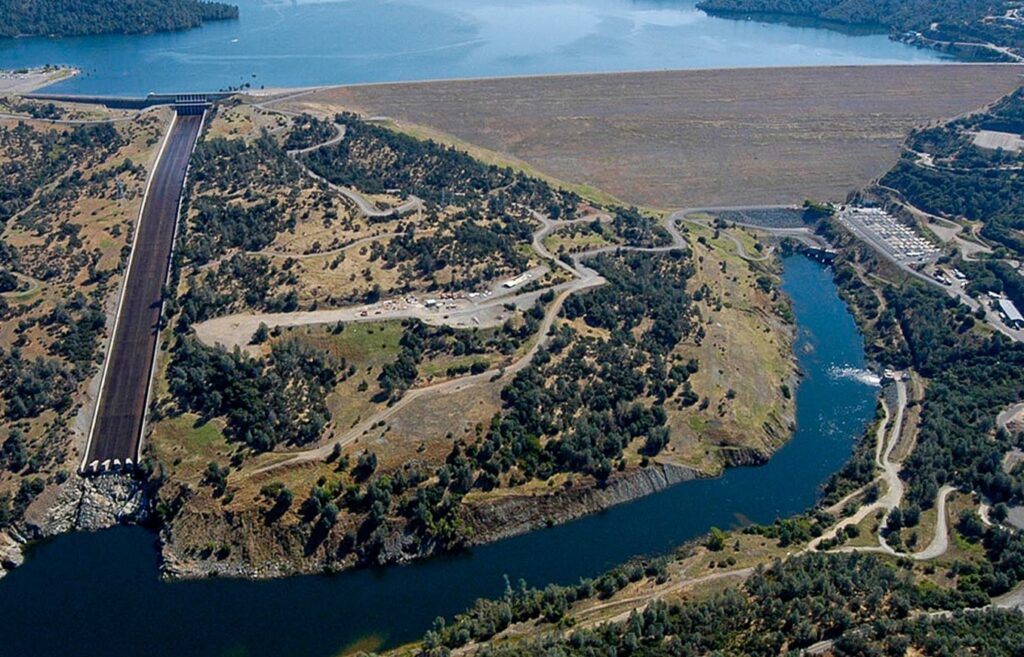
GSSA submitted an official request to Department of Water Resources (DWR) to prioritize opportunities to improve conditions for salmon this year on the Feather River. Given DWR’s control of the Feather River, improving conditions on that river is a high priority to begin the recovery of salmon runs and the fishing industry. Currently, as a result of warm water released from Thermalito Afterbay, dangerously high temperatures in a portion of the Feather River frequently render spawning habitat in this reach unusable during the spawning season. GSSA proposed the exploration of two options to move forward as rapidly as possible to improve temperature conditions.
- Work with Federal Energy Regulatory Commission to explore options that would allow DWR to move forward with design and construction of a Thermalito Afterbay retrofit prior to the issuance of a new DWR license for Oroville Dam and related facilities.
- Explore options to improve temperature conditions on an interim basis – prior to the completion of the Thermalito retrofit. This could include releasing more cold water into the Low Flow Channel below Oroville Dam and releasing less water into the river from Thermalito Afterbay. This would improve temperature conditions below Thermalito Afterbay without leading to any impact on State Water Project storage or water deliveries.
GSSA continues to urge DWR and California Department of Fish and Wildlife to pursue these recommendations, which the agencies have not yet agreed to implement.
Fish Toxicity Appropriations Letter Results in Win
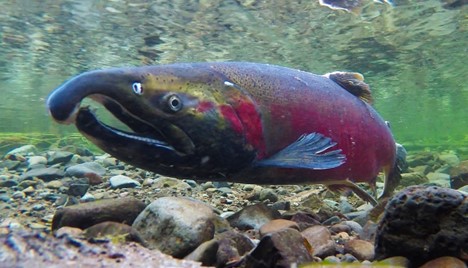
In response to a letter submitted to the House Appropriations Subcommittee on Interior, Environment, and Related Agencies, language aimed at reducing fish toxicity and directing the EPA to partner with industry on identifying environmentally-friendly alternatives was successfully included in the 2024 fiscal year House Interior report.
Specifically, “the Committee encourages the Environmental Protection Agency to work with domestic 6PPD manufacturers and tire manufacturers to explore 6PPD alternatives and develop testing approaches to evaluate alternatives. The Committee directs the Agency to provide a briefing within 60 days of enactment of this Act on its plans to coordinate with industry experts to advance alternatives for 6PPD and to provide a progress report on these plans within 180 days of enactment of this Act.”
In April, GSSA joined the American Sportfishing Association, the Northwest Sportfishing Industry Association and other recreational fishing and boating organizations to support the development of chemical alternatives to 6PPD, an anti-degradant universally used to improve tire durability.
A research team at the University of Washington, Washington State University, and the Washington Stormwater Center identified 6PPD-quinone as inducing rapid mortality in coho salmon in a 2020 study. This and subsequent studies have indicated that when tire wear particles containing 6PPD runoff into waterways, low concentrations of 6PPD-quinone may impact certain types of freshwater and anadromous fish including coho salmon, chinook salmon, brook trout, and rainbow trout.
Recognizing the high importance of both tire safety and fisheries health, signing organizations said it is in our collective best interest that viable 6PPD alternatives be identified and approved as quickly as possible.
Action by GSSA and Supporters Force Key Changes to Drought and Flood Trailer Bills
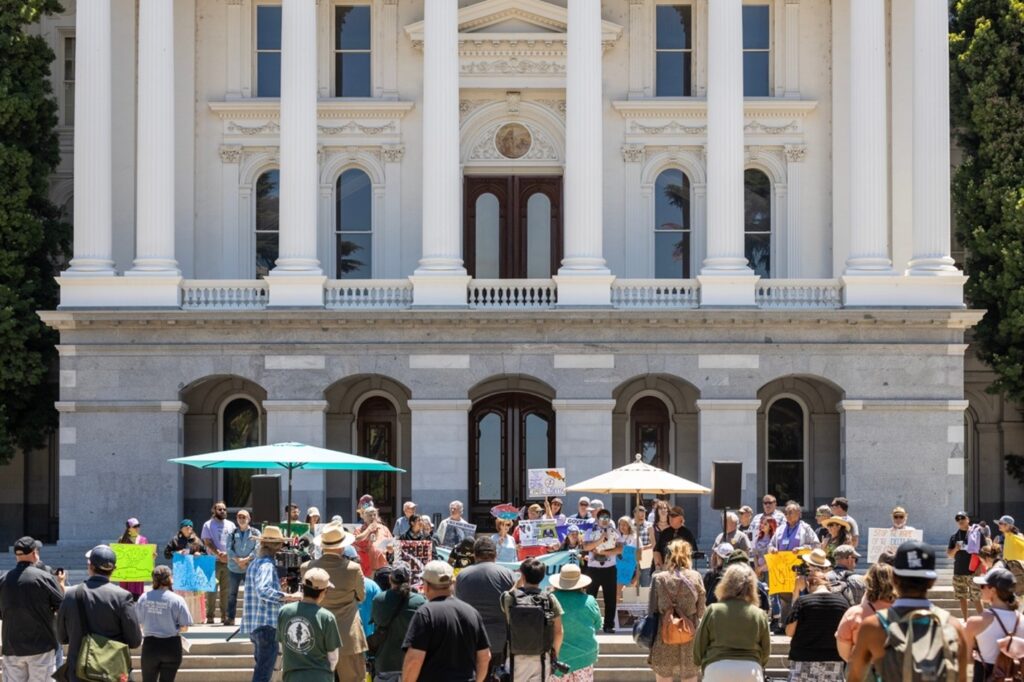
As a result of action by GSSA, its supporters and partners, the Governor’s Drought and Flood Trailer Bills received key changes relative to the Administration’s initial proposal to deregulate pumping during flood and near-flood flows. These improvements included strengthening requirements as to where water can be recharged to protect water quality, improved requirements for fish screen designs, a tightened definition of floods, and a narrowed California Environmental Quality Act (CEQA) exemption to exclude desalination projects or other projects to create replacement water supplies.
Significantly, the legislature also rejected a proposal to define storing water underground as a beneficial use. The governor’s original proposal could have dramatically increased demand to pump water during high flows that are so important to out-migrating salmon. However, the legislation still fell short in regards to restoring California’s salmon runs.
In June 2023, GSSA submitted official opposition to water-related infrastructure budget trailer bills to President pro Tempore Atkins, Speaker Rendon, Senator Skinner, Assemblymember Ting, Senator Becker, Assemblymember Bennett, Senator Min, Assemblymember Bauer-Kahan, Senator Allen and Assemblymember Rivas. GSSA presented the following specific concerns:
- All of the water related trailer bills are policy bills. None address legitimate budget issues.
- This package continues the Administration’s practice of catering to powerful industry voices and refusing to engage with those who bear the impacts of environmental degradation prior to the release of important proposals.
- The Administrative Records Review trailer bill would allow agencies to hide illegal activities from courts.
- The Design Build trailer bill would allow the Department of Water Resources to privatize the design, permitting and construction of the proposed Delta tunnel.
- The legislature should not slash regulatory requirements for a Delta tunnel facility that has major environmental problems and little financial support.
In May 2023, GSSA submitted opposition to the Drought and Flood Streamlining Trailer Bill to Senate Budget Subcommittee 2 and Assembly Budget Subcommittee 3. GSSA urged the Committees to oppose the bill that would dramatically reduce state regulation of diversions from California rivers during high flow periods. Five of the Governor’s trailer bills appeared to be designed to facilitate the salmon killing Delta tunnel, which, as we reported last month, was cut from the State budget deal and was a clear defeat for the Governor.
The final package passed by the legislature was a mixed bag. They rejected designating groundwater recharge as a beneficial use – which could increase demand for wet season-pumping and privatize groundwater basins. But the Governor did get a weakened trailer bill to reduce regulation of temporary pumps in flood and near-flood conditions. Additionally, the Governor got trailer bills with some modest streamlining related to CEQA and the administrative record in environmental litigation.
Stock Up On GSSA Summer Gear
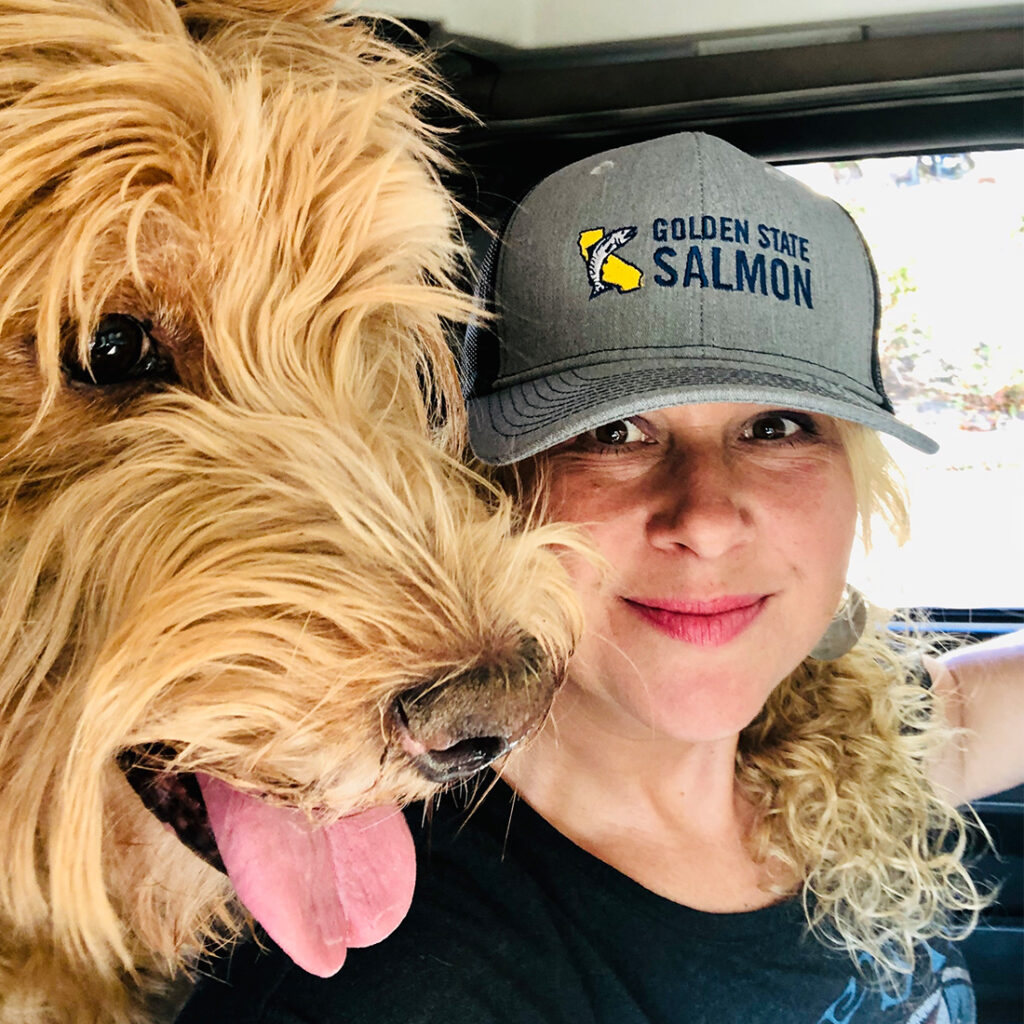
Whether you’re on the water for bluefin or halibut, it’s always proper to show off your latest catch while sporting GSSA gear. Our two-toned trucker hat features breathable mesh and contrast stitching on the bill and our charcoal grey logo t-shirts are perfect for any outdoor adventure. Your purchase helps our critical restoration work and is a perfect way to represent the leading voice for salmon in California.



